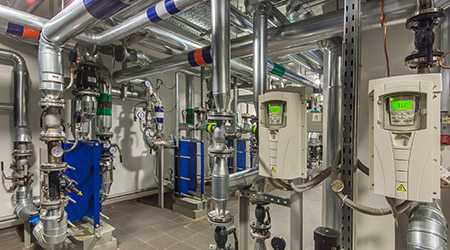Healthcare facilities managers continue their pursuit of cost savings through their buildings, and energy efficiency upgrades are at the top of the list of actions designed to achieve this goal. To aid managers in their efforts, the U.S. Department of Energy’s Better Buildings offers resources designed to help managers make the case for energy efficiency investments.
Implementing a robust energy efficiency plan across an organization requires buy-in from leadership, especially when it comes to funding. Balancing costs of upgrades to support energy efficiency with competing priorities for funding is most successful when presented with a clear and compelling case.
Advocates for efficiency should be prepared to answer the following questions before approaching financial and leadership teams at their organization about proposed energy efficiency projects:
- What are the expected energy and cost savings over time?
- How does the project align with organizational goals?
- What are the upfront costs, and how can they be paid?
- How will operations be impacted?
- What are any associated risks and benefits?
Justifying investment in energy efficiency can be most effectively communicated to financial decision-makers when speaking in financial terms. Better Buildings partner USAA’s Building Upgrade Value Calculator can convert expected savings to meaningful metrics for financial team members. The Energy to Finance: Understanding the CFO and Translating Metrics presentation from the Retail Industry Leaders Association provides further guidance on communicating the value and impact of sustainability initiatives from a financial perspective.

 What Every EVS Leader Needs To Know
What Every EVS Leader Needs To Know Blackbird Health Opens New Clinic in New Jersey
Blackbird Health Opens New Clinic in New Jersey St. John's Riverside Hospital Falls Victim to Data Breach
St. John's Riverside Hospital Falls Victim to Data Breach Grounding Healthcare Spaces in Hospitality Principles
Grounding Healthcare Spaces in Hospitality Principles UC Davis Health Selects Rudolph and Sletten for Central Utility Plant Expansion
UC Davis Health Selects Rudolph and Sletten for Central Utility Plant Expansion